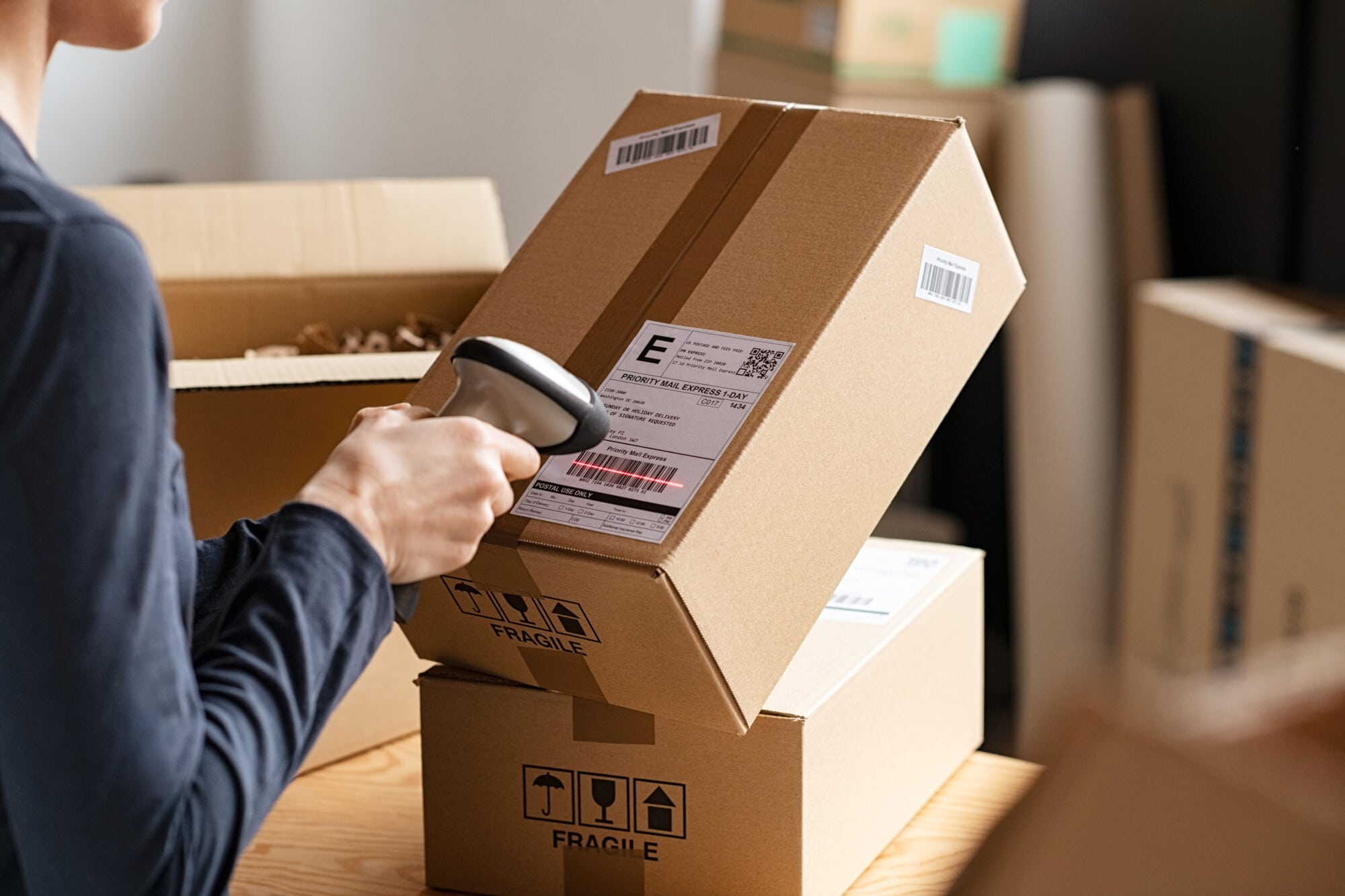In 2018, about 32.1 million tons of corrugated cardboard boxes wound up in recycling centers across the United States. You may be most familiar with cardboard, but it’s not your only choice of packaging.
Plastic, aluminum, and chipboard packaging are quality alternatives. “But what is chipboard,” you ask. The short answer is chipboard is a viable and alternate way to package customers’ goods.
However, if you want a more detailed answer, keep reading. Below is a guide that explains chipboard, how it compares to cardboard, and standard packaging uses for the material.
So, What is Chipboard?
Chipboard (or paperboard) is made of 100% recycled materials. This paper is first processed, then layered and glued into a single, thin sheet. Because of this, chipboard is somewhere between cardboard and paper.
Unlike typical paper stocks, which are classified by weight, chipboard is grouped by thickness.
Chipboard Vs. Cardboard: What’s the Difference?
Cardboard is similar to chipboard in that it’s also made of recycled materials. However, which works best for mailing products depends on the circumstances.
For example, cardboard is better for shipping, while chipboard is best for storing items. It’s not uncommon for chipboard products to be sent inside cardboard boxes.
Chipboard is the more sustainable of the two because fewer products go into its construction.
Cardboard is thicker and more flexible. Boxes often take a lot of punishment during transit. Cardboard’s malleable nature offers plenty of protection for packages.
But chipboard ranks amongst the most durable packaging options thanks to differing densities. It’s difficult to penetrate, which is good for mailing items.
Chipboard Uses: What’s It Good For?
Many businesses use chipboard to ship apparel because they don’t need the padded, thick barrier cardboard provides.
Clothes are often softer and pliable, so they don’t need as much protection as a gaming system or furniture.
You can purchase chipboard boxes in various sizes for thin or bulky apparel. These boxes ship flat and are easy to construct without glue or tape. Below are a few other uses for chipboard.
Jewelry Packaging
Jewelry, like clothing, is light and doesn’t need the extra cushion of cardboard. It’s also easier to form chipboards into small boxes thanks to the material’s thinness.
Food Packaging
Did you know cereal boxes are often made of chipboard? Many food manufacturers use chipboard because it’s thin enough to conserve shelving space while hardy enough to protect what’s inside.
Gift Boxes
Chipboard is perfect for gift boxes. The material is easy to customize and print on. You can make boxes in many colors and designs, like company colors, logos, and holiday editions.
Fulfill Your Packaging Needs
So, what is chipboard? Hopefully, you now see it as a viable packaging material. While chipboard uses are plentiful, your customers should receive parcels on time regardless of what packaging you choose.
Packaging Fulfillment Co. works to shorten your supply chain to save your company valuable money and time.
We also provide stocking programs and machine maintenance & repair for partnered businesses. Contact us at Packaging Fulfillment Co. for more information about our services and a free quote.









